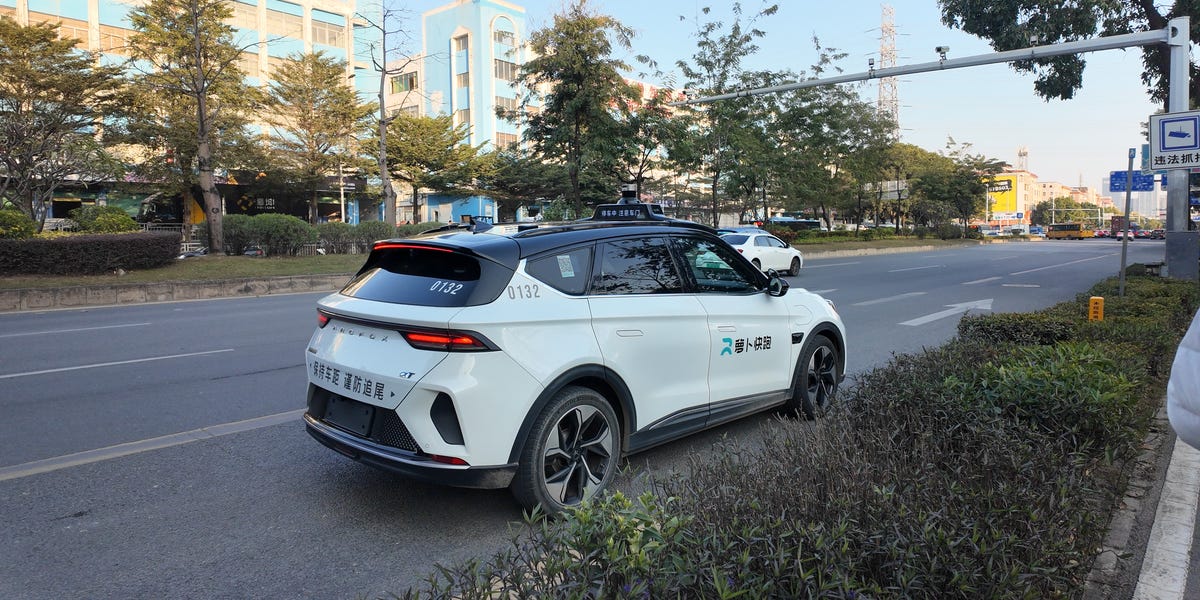Robotaxi Drama: Apollo Go's Close Call Sparks Safety Concerns in China

A San Francisco resident's high-tech taxi ride in Shenzhen turned into an unexpected adventure of technological frustration. Sophia Tung, visiting the cutting-edge tech hub of Shenzhen, China, found herself caught in what she dramatically described as a transportation nightmare while testing the Apollo Go autonomous taxi service.
What was meant to be a seamless journey through the city's futuristic streets quickly devolved into a challenging experience that tested her patience and the limits of self-driving technology. Tung's encounter with the Apollo Go taxi highlighted the ongoing complexities of autonomous vehicle navigation and the real-world challenges faced by emerging transportation innovations.
Her firsthand account serves as a candid glimpse into the current state of autonomous vehicle technology, revealing that despite impressive technological advancements, there are still significant hurdles to overcome before self-driving taxis can provide a truly reliable and comfortable passenger experience.

